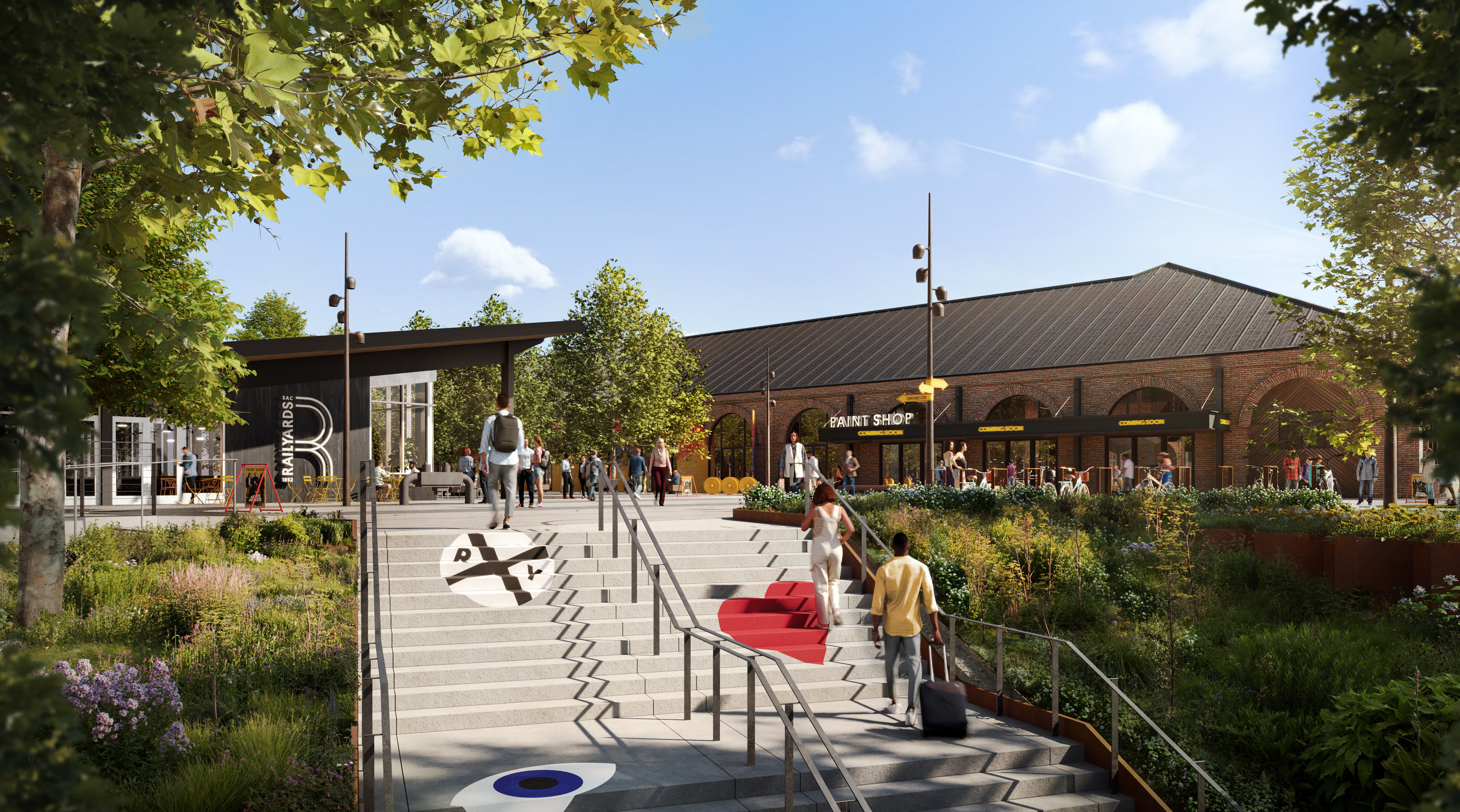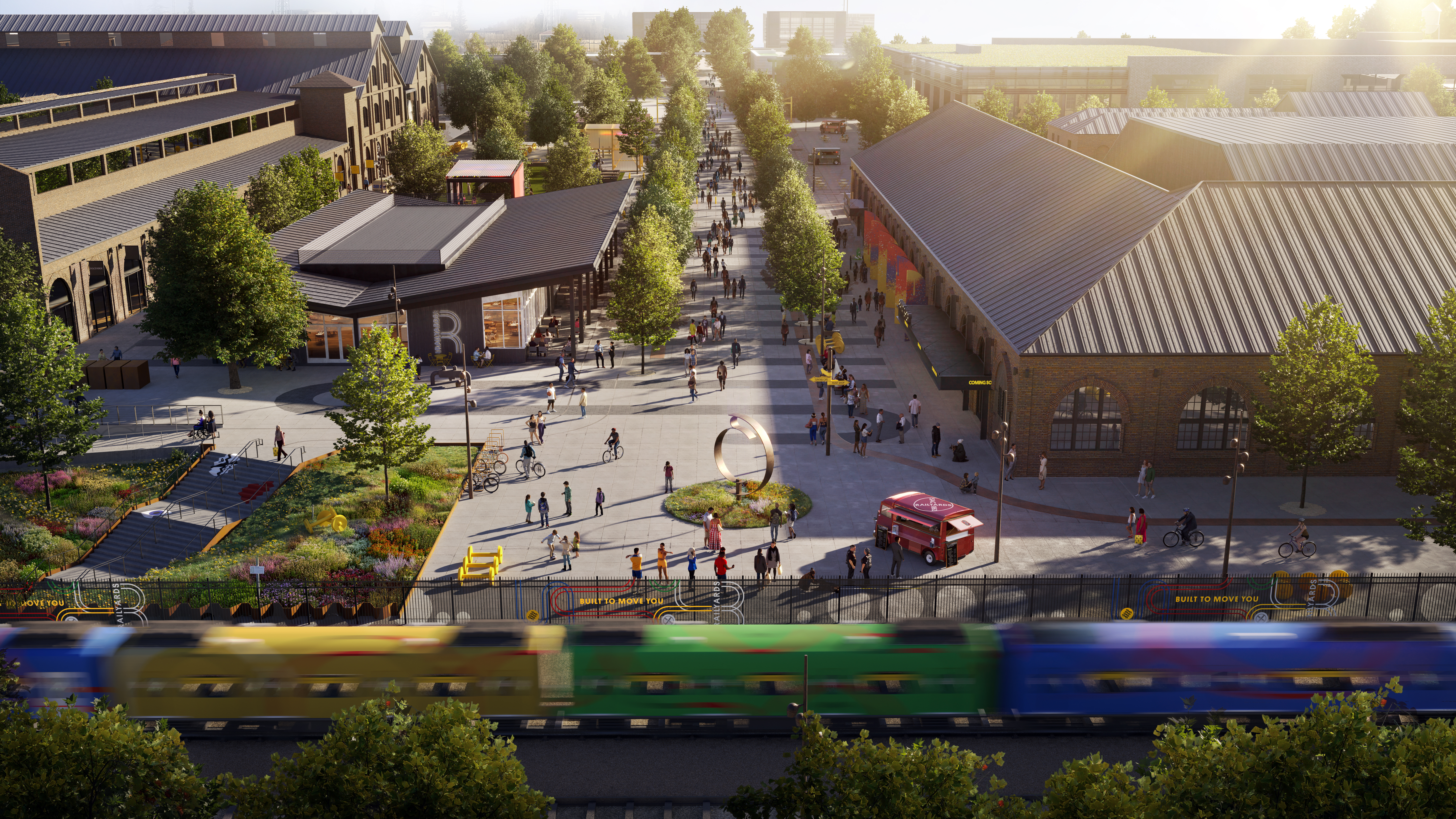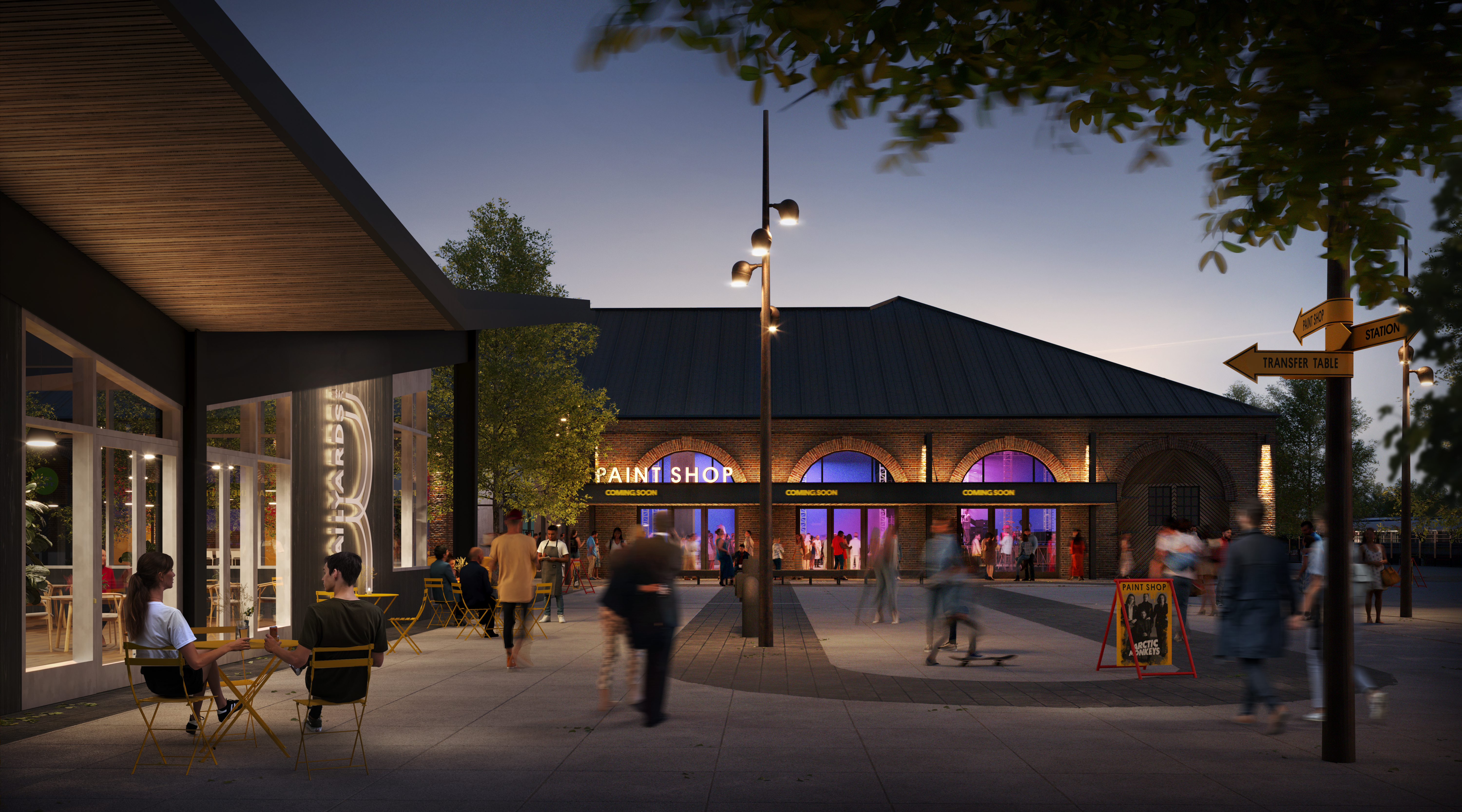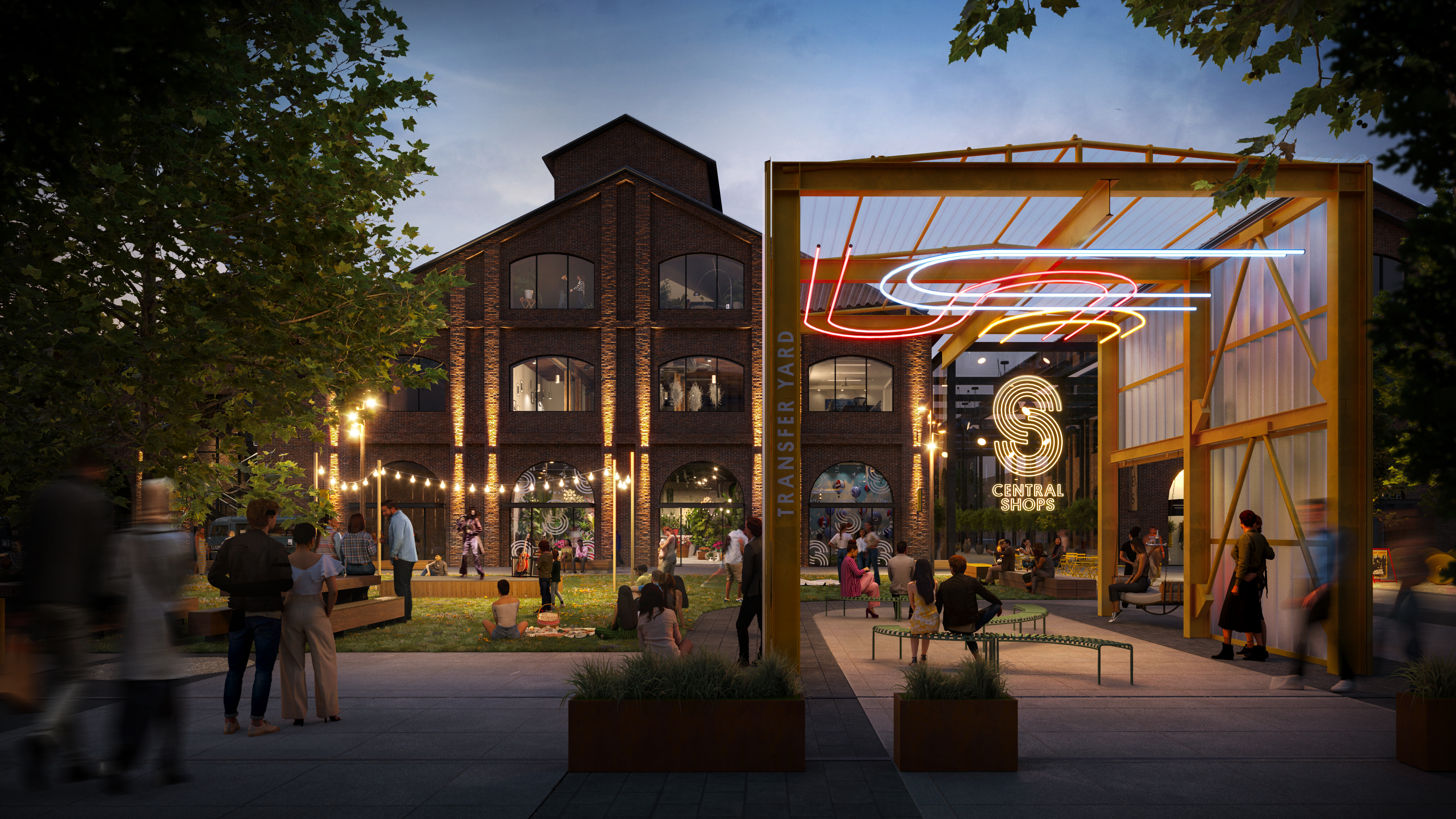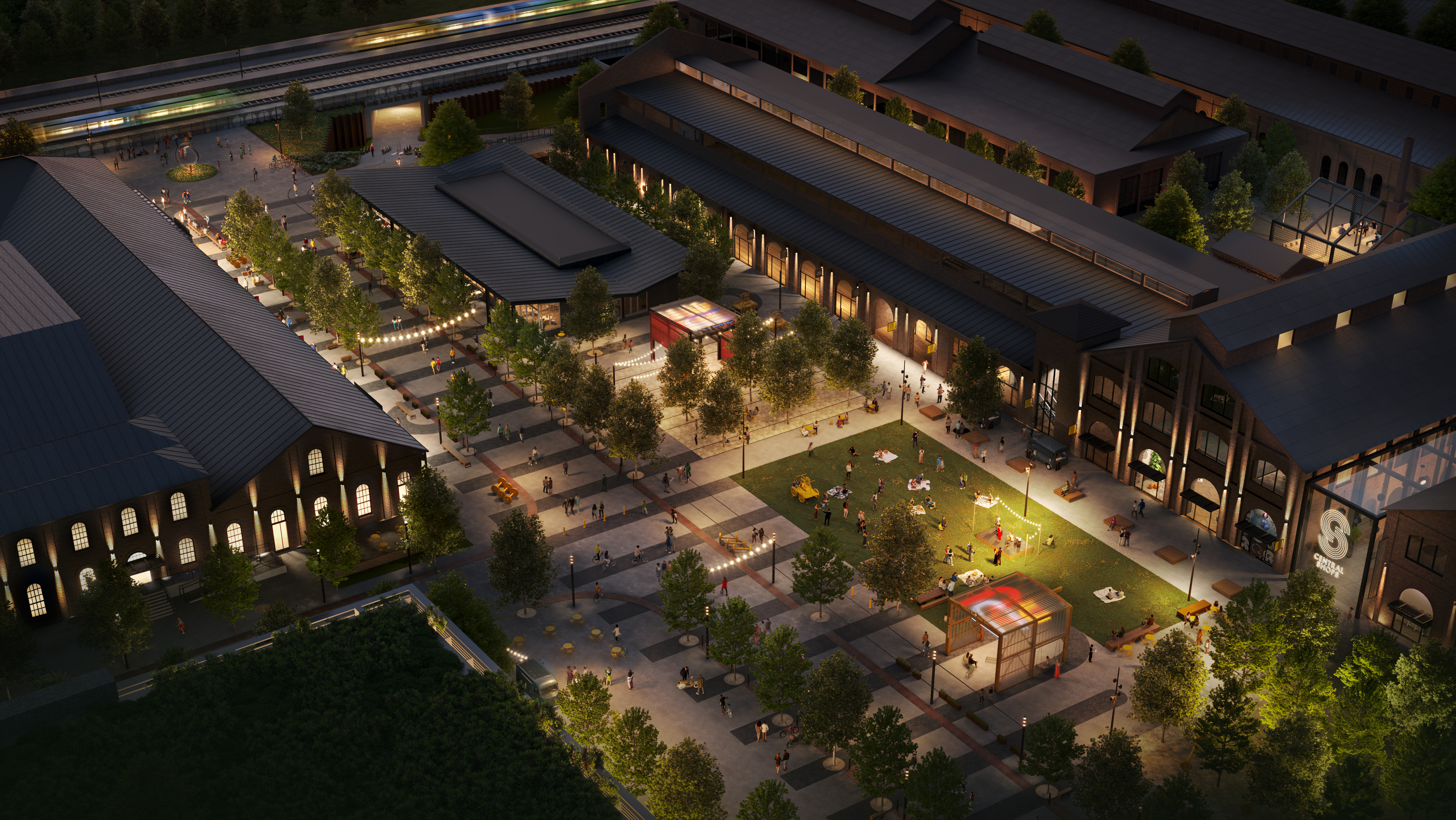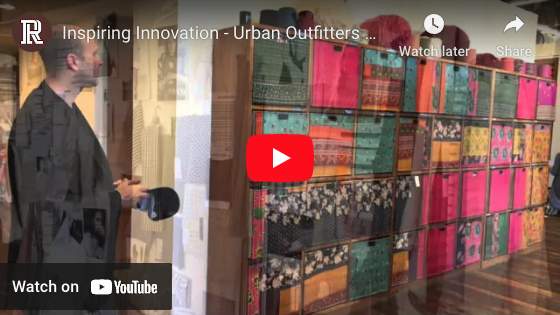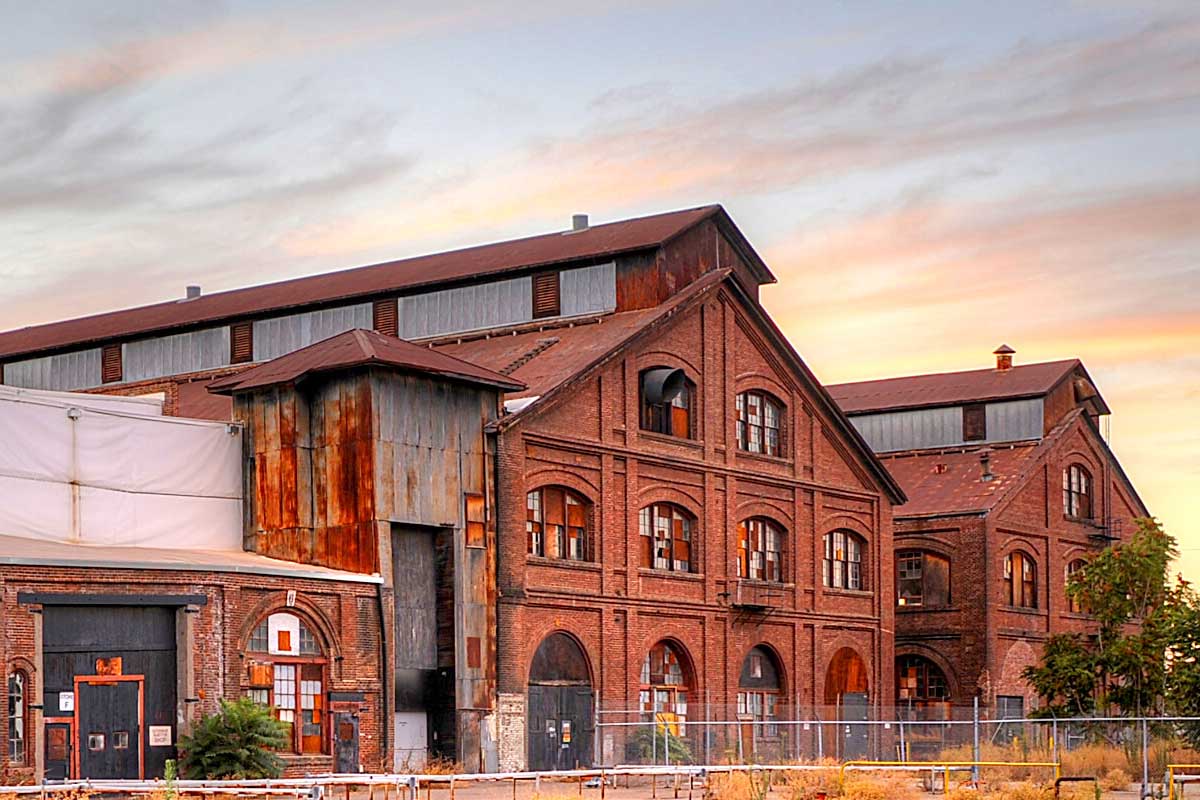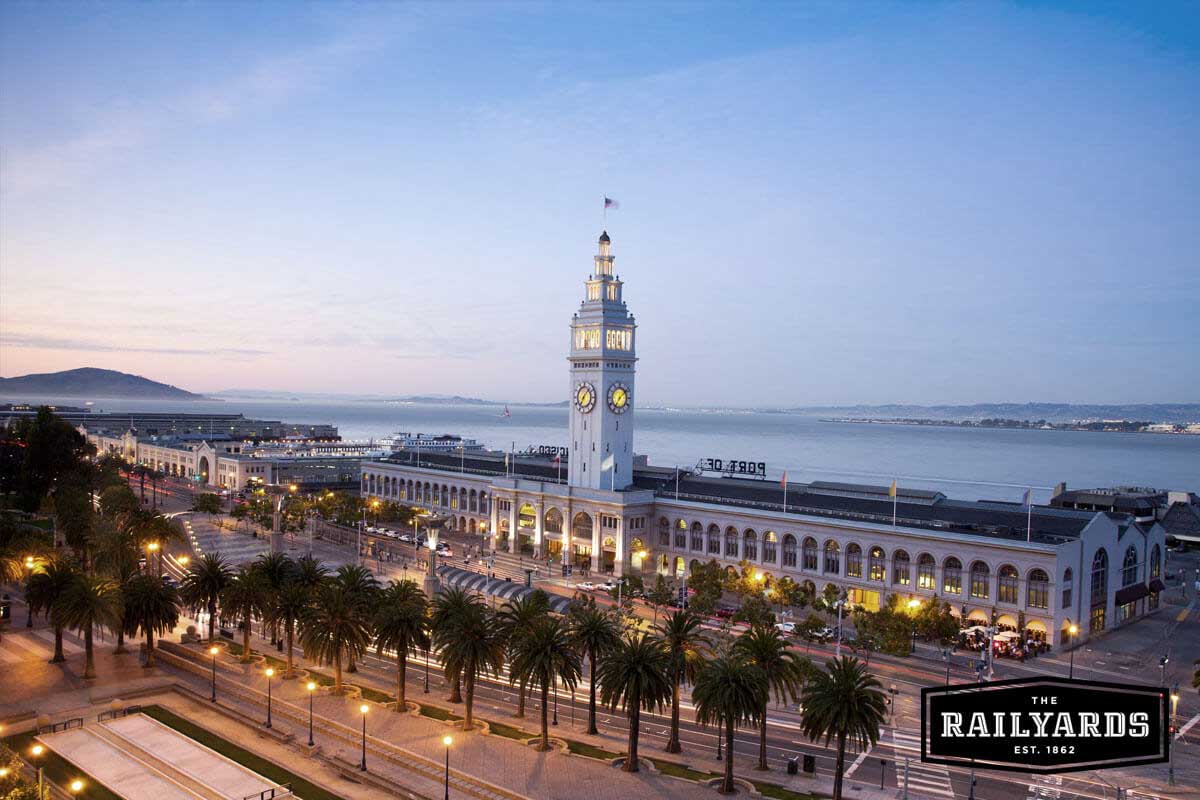
June 27, 2018 / Author: the Railyards
Three projects that inspire the development of the Sacramento Railyards.
The Sacramento Railyards project is one of the nation’s largest infill developments. 544+ acres of historically significant land is being repurposed and revitalized into a thriving, mixed-use community that will essentially double the size of downtown Sacramento.
Luckily, The Railyards is in good company. There are plenty of completed projects around the world from which to draw inspiration.
Below are three projects which share the primary tenets driving the Sacramento Railyards project: restoring and repurposing an existing industrial site into an innovative and sustainable community.
First, a decommissioned military complex at the Navy Yards in Philadelphia which was repurposed into a (very) sizeable corporate campus and was a huge source of inspiration to The Railyards team when forming the master plan. Second, the revitalization of San Francisco’s Ferry Building which was collaborated on by that the firm who is leading The Railyards development, BVC Architecture + Interiors. The third project involves restoration and revitalization of a metropolitan riverfront in Shanghai on which Railyards’ urban master plan specialist Stephon Engblom collaborated.
Urban Outfitters at Navy Yards - Philadelphia, PA
Railyards Inspiration for Industrial Repurposing
The birthplace of the U.S. Navy in 1776, Philadelphia was long home to a thriving Naval industry. In the 1870’s the first buildings of the Philadelphia Naval Shipyard (PNSY) began to rise from the grounds of the former Southwark Yard.
The PNSY was a thriving shipyard, employing over 40,000 people during the height of its production during World War II and constructing 53 warships and repairing 1218 more before it’s closure in 1996.
Now home to over 13,000 employees and 150 companies the historic waterfront renovation houses 7.5 million square feet of real estate in both historic, revitalized buildings and new construction.
The sprawling 1200 acre campus incorporates the new seamlessly with the old, incorporating into the landscape design preserved PNSY elements as well as found items that have been repurposed.
What previously served as rail lines now provide pedestrian paths on campus, and large chunks of concrete removed from an old parking lot during demolition are repurposed as oversized ‘stepping stones’ in a shade-dappled park.
Preserving the historical significance of the thriving PNSY, demilitarized warships have dropped anchor and can be seen from the repurposed waterfront buildings.
The Navy Yards redevelopment is a shining example of large-scale development incorporating existing, historic infrastructure for both repurposing and inspiration while looking toward the future with an eye on sustainability.
Ferry Building Revitalization - San Francisco, CA
Completed by BVC Architecture + Interiors, Architect for The Railyards’ Central Shops
Constructed in 1898, the San Francisco Ferry Building spent the beginning of the 20th Century bustling, serving more people per day than in any other building west of the Mississippi.
With the construction of the Bay and Golden Gate bridges came the end of the Ferry Building’s reign.
Over the years, the building underwent many renovations, being segmented and converted into a variety of office spaces.
BVC Architects + Interiors was the Retail Architect within a group of developers, designers, preservationists, and financial investors that was selected as the winner in the competition for their public/private collaboration on a mixed-use concept with a world-class food marketplace.
The restoration of the 660-foot nave, which had been covered up by various renovations over time, and the repurposing of what had been the ground floor baggage area into the Ferry Building Marketplace were both pivotal in the team’s winning design.
Upon winning the contract and prior to submitting their final design, the team took an extensive European trip to study historic marketplaces throughout London, Paris, Milan, and Venice in an effort to assure that the project was benefiting from precedents set by both existing and historic markets.
Ultimately, the San Francisco Ferry Building was restored to serve as a bustling marketplace at ground level with premium office space above, while still maintaining its historical significance. Incorporating existing designs and elements while tying in modern amenities with an eye on sustainability, they succeeded in creating a thriving mixed-use space.
The Railyards will greatly benefit from the experience that BVC Architects + Interiors gleaned during the Ferry Building design and construction process as well as their expertise in repurposing existing, historically significant spaces.
Suzhou Creek Mixed Use Districts - Shanghai, China
Urban Planning by Stephen Engblom, Urban Design Master Plan Specialist for The Railyards
With a population growth from 13 million to 23 million between 1999 and 2010, Shanghai was suffering the environmental consequences, including devastating pollution damage to the Suzhou Creek which served as drainage for raw industrial and city wastewater of Shanghai.
The Suzhou Creek Rehabilitation Project, approved in May 2000, was implemented to redirect sewage away from the creek as well as build a pumping station to flush out and clean the creek.
Additionally, a high-capacity 400,000 cubic meter per day wastewater treatment plant was built at the creek’s edge and, in an effort to help aquatic life return to the creek, a barge was installed to re-oxygenate the water.
In 2015, two city districts in Shanghai merged into one, unifying almost eight miles of prime waterfront.
Reclaiming the creek for public enjoyment and incorporating mixed-use development, the project breaths new life into more isolated neighborhoods.
Preserving the Legacy of the Railyards Central Shops
The Railyards is dedicated to preserving the historic legacy of the Central Shops while creating a new community filled with food, drink, entertainment, and more.
The experience of the creek is drawn ‘into’ surrounding areas by alternating small urban areas and parks along the creek, with a park dotting the water’s edge and pulling into the surrounding neighborhood around every 1600 feet.
Introducing wetland terraces wherever space allows not only facilitates regrowth of native plants but invites people to enjoy recreation at the water’s edge. In spaces where a flood wall is necessary, community artists are invited to transform the blank wall into an urban gallery.
Inspiration for urban planning, industrial repurposing and waterfront revival are all aspects of The Railyards master plan. These projects demonstrate that creative innovation and sustainable development can transform and revitalize existing spaces in ways that are truly inspirational.


